
2023 Annular Eclipse
October 2023 Annular Eclipse
I had arrived in Roswell, New Mexico,
on the previous afternoon to witness the
annular solar eclipse of October 14, 2023.
Where better than Roswell to observe unusual events in the sky?
The eclipse had been the motivation for my trip
to New Mexico.
It wasn't the sole reason for the trip,
that would be asking for disappointment.
Orbital mechanics and trigonometry precisely tell us
when an eclipse happens and
from where it might be visible.
But meteorology, predicting if it will be visible,
is imprecise.
Eastern New Mexico has a lot of clear weather,
but some days are cloudy.
By this point in the trip I had already been to
Los Alamos,
Valles Caldera,
the Petroglyphs National Monument,
the Very Large Array,
and White Sands National Park.
If it was dark and cloudy and pouring down rain on eclipse day,
I still would have had a good trip.
This was the approach I had taken on my trip to
Chile
to see a total eclipse.
I joined several enthusiasts in an area between the
Old Frazier Schoolhouse at
33.5071236 °N 104.5912786 °W
and the Atlas Cemetery,
tagged as Frazier Cemetery on Google Maps and elsewhere.
That's along U.S. 70 northeast from Roswell,
a little north of the former site of
the town of Acme.
U.S. 70 running northeast out of Roswell is called
the Clovis Highway,
leading toward the town where the distinctive
Clovis points were first discovered,
defining a technology-based watershed date in the
settlement of North America.
A minor road crosses the highway at the schoolhouse,
NM 1 and NM 52 to the north and south, respectively,
as Google Maps labels them.
Local signs show Aztec Road to the north
and Magdalena Road to the south.
Getting There
Let 'er rip. The posted speed limit is 75 MPH and the locals take that as a suggestion at best.
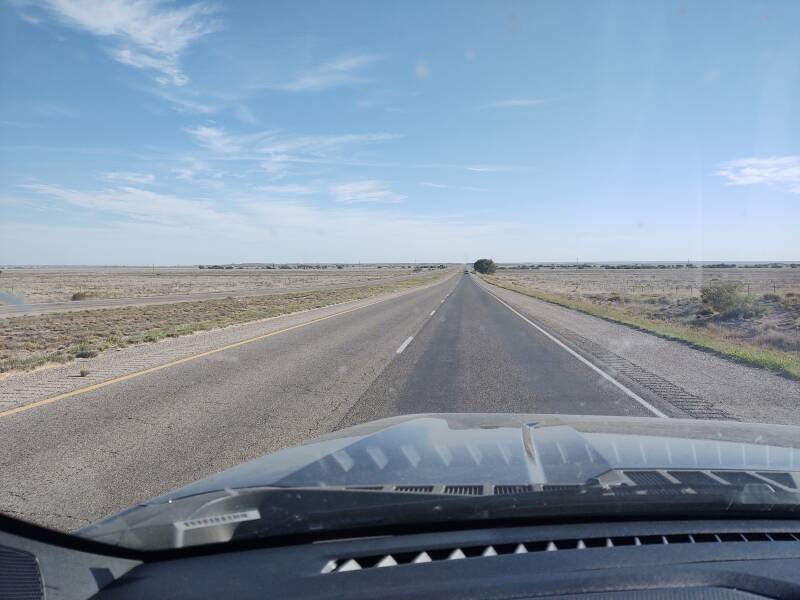
It's wide-open country northeast of Roswell. U.S. 70 has two lanes in each direction, and good pavement. These roads are much better than the ones where I'm from.

Google Maps varies quite a bit while you're using it. Names appear, disappear, and change as you zoom in and out and pan, even more so when you switch from one platform to another.
The Frazier Schoolhouse is along the north side of U.S. 70, and it was just about 240 meters from the centerline of the eclipse. I wasn't the first to arrive.

I suppose it gets a few visitors on a typical day, but I felt like calling out "Hey guys, sorry I'm late!" when I arrived on eclipse day and found several vehicles there. Many were from New Mexico, while many were from several states away. I had a rental that I had picked up at the Albuquerque airport.
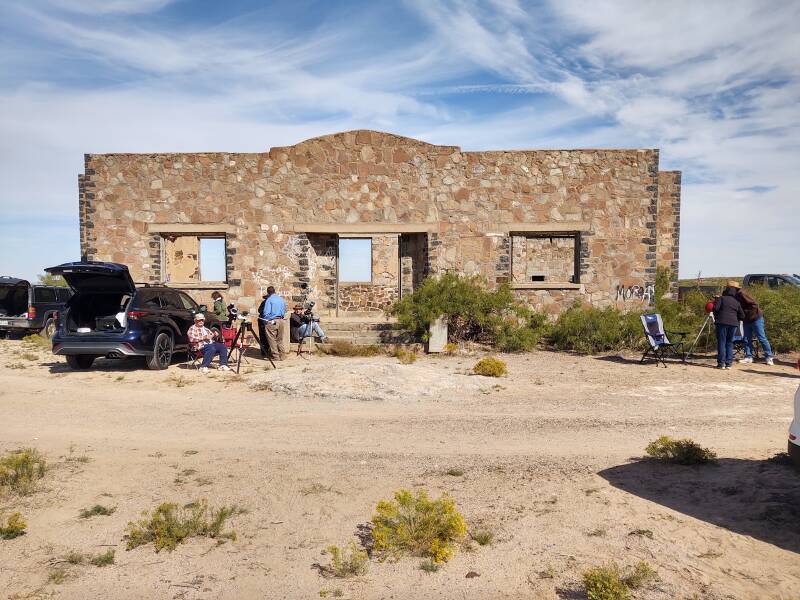
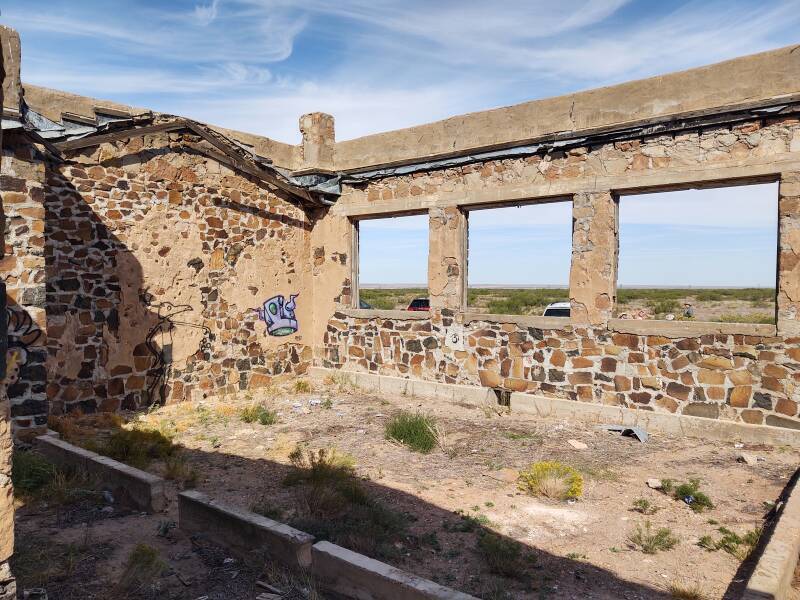
Enthusiasts were set up with a range of optics.
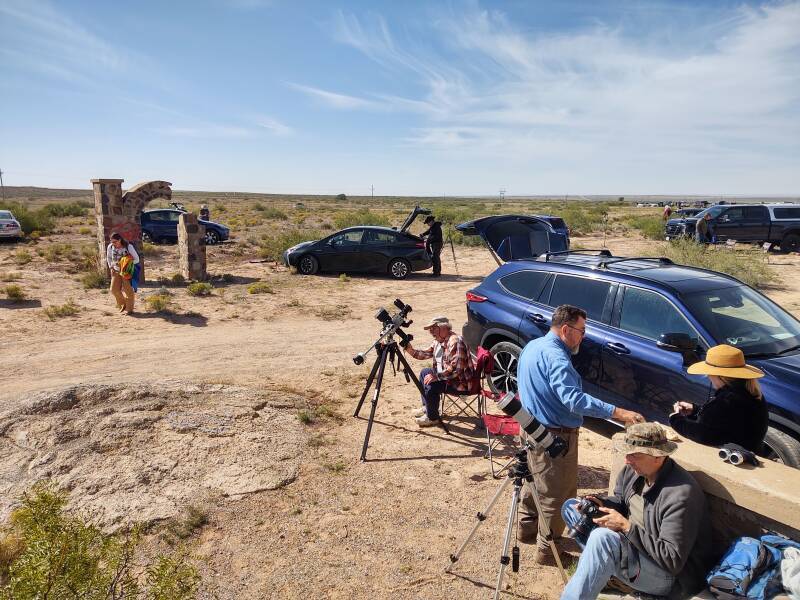
I continued west along the track toward the cemetery, where it appeared that more space was available.
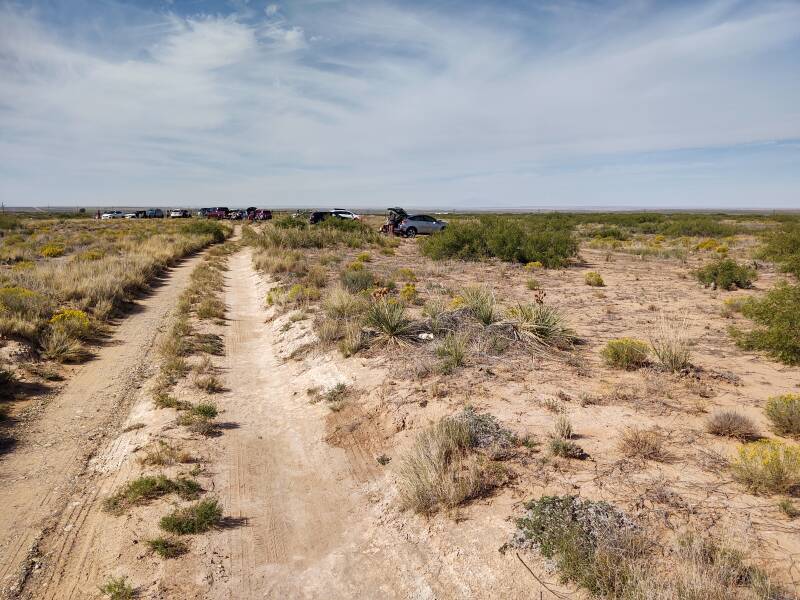
Here's the view back toward the schoolhouse from where I parked.
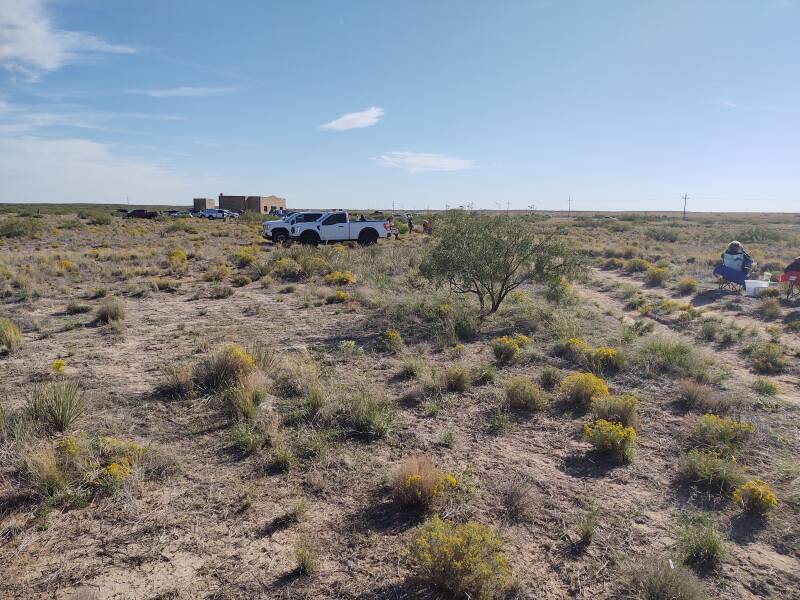
The eclipse happened to fall on a Saturday morning in October, so there was a bit of a college football tailgate atmosphere to the event.
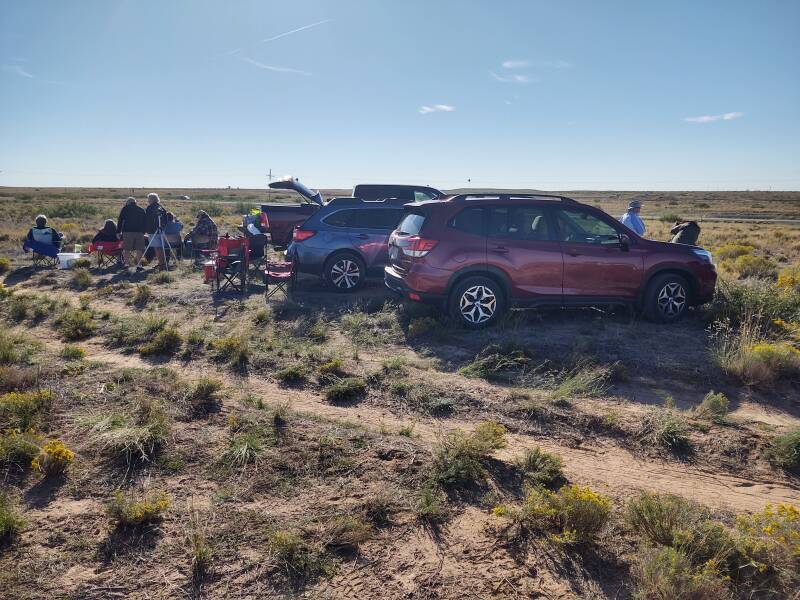
Continuing to the cemetery gate and then looking back, on the left is the black gigantotruck that Budget stuck me with after I had reserved a compact car.
America has spent untold billions on the F-150 but it still cannot achieve either a vertical takeoff or landing. And, it's a luxury car in a work truck costume.
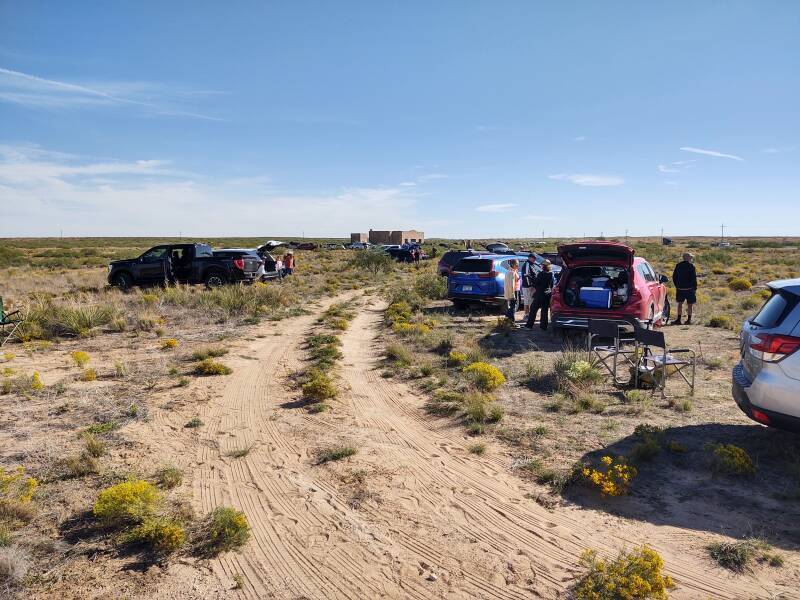
Below is the view to the north a little before 10:00:00. Not an absolutely clear sky, but quite good. Weather resources I used during the final few days included:
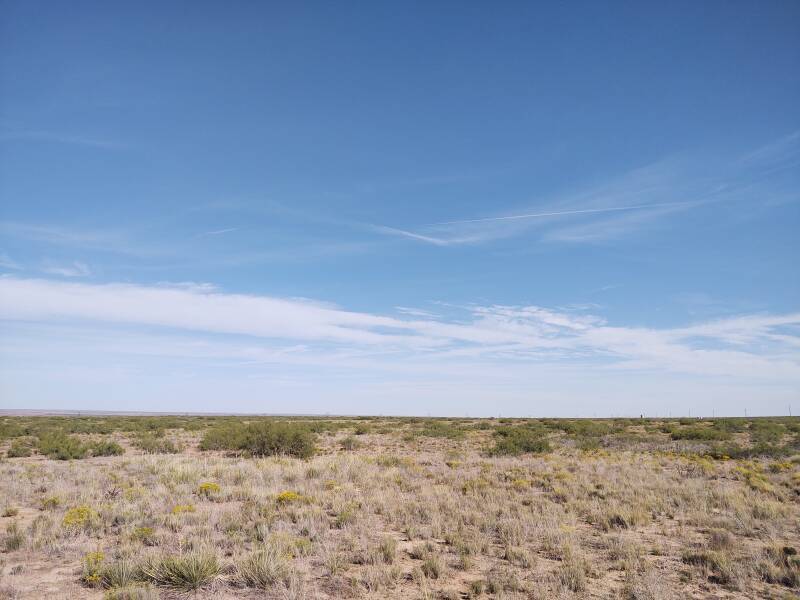
OK, here we go!
When I went to the total eclipse in Chile in 2019, I found that they gave out free eclipse glasses in bars. Buy a drink and a completo, a fully dressed hot dog, and get a pair of ISO 12312-2:2015 certified eclipse glasses.
In New Mexico in 2023, the visitor information desk in the Albuquerque airport was giving them out.
I had my Chilean eclipse glasses with me, but was wearing fresh New-Mexican ones for this event.
Yes, my cellphone camera was completely overwhelmed with the unfiltered Sun, but here's the rough view from my spot. An excellent near-cloudless view at 09:35:13.
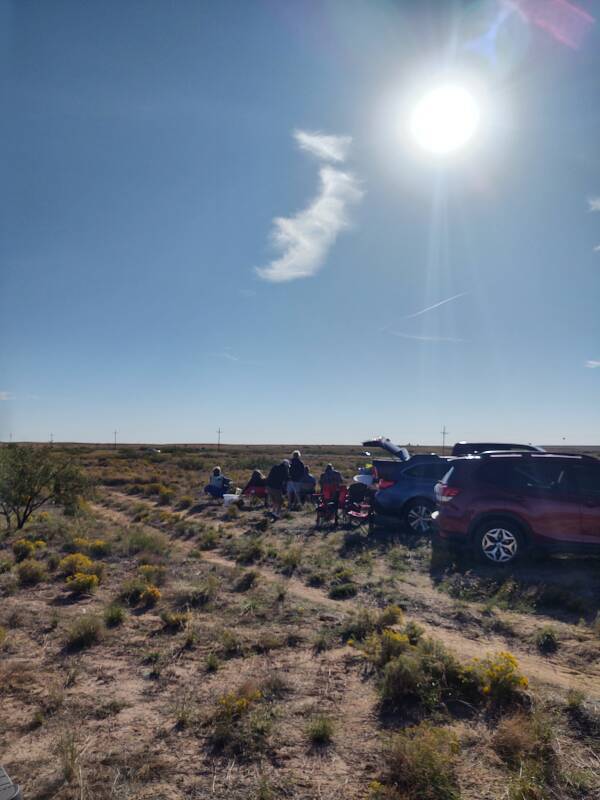
Science requires an open mind and experimentation.
Various things in the preceding year or two had repeatedly reminded me of the psychiatrist Carl G. Jung. A trip to the Greek islands had me re-reading Joseph Campbell's Occidental Mythology. It contains many references to Jung's work because Campbell was the editor of The Portable Jung. So I bought that book at the local bookstore.
I haven't read all of that book, but I've read enough to feel that I'm aware of the broad strokes of what Jung was about. And to see why Campbell cited him frequently.
That had led me to discover that Jung wrote Flying Saucers: A Modern Myth of Things Seen in the Skies. Amazon was offering a low-cost used edition, which I ordered.
Back in the day of studying Electrical Engineering at the undergraduate level at Purdue University, I was required to take some non-engineering courses to be well-rounded and function in the world at large. The humanities choices were divided into two tracks which made Psychology a likely choice for many budding engineers like me.
The Introductory Psychology course started out by talking about Freud for a few weeks. Then there was a test one evening, where you have to say The Right Things About Freud. The next day of the course, the professor basically said "OK, that's over with, you've had the Freud material. No one but Freud fanatics strictly follow what he says any more. Moving on..."
Then you could take a second course, of which Abnormal Psychology had been described as pretty interesting, which it was. It also started with a somewhat shorter section on Things You Must Say About Freud. Only then could we get into the interesting material.
Is Psychology still tied down to such a Freud-centric system? I don't know. But why not update at least to Jung's time? I took several chemistry classes, but none started with a chapter on phlogiston.
I hadn't quite finished reading Jung's Flying Saucers book, and had brought it along because where better than Roswell to read Jung's thoughts on UFOs?
Jung's conclusions about UFOs? It's collective unconscious and archetypes, all the way down. He was very interested in all the sightings that rapidly increased through 1947 and continued through the following years. However, he felt that there wasn't enough public information to figure out just exactly what was going on. And, that the U.S. Government very likely was hiding some useful information.
Also, the book provided a handy way to transport some aluminum foil in a smoothly pressed state.
I have always kept a couple of sewing kits in a small baggie in the bottom of my toilet kit. Back in the day, hotels frequently provided a small sewing kit for guests. That, of course, ended with the COVID-19 pandemic along with airline magazines, printed menus, public restrooms, and whatever else businesses decided that they could ditch and save a little money.
Anyway, I could use the needle to poke pinholes of various sizes and experiment with mobile phone photography that might support imaging an eclipse along with the foreground scene.

Did the experiment work?
No, not at all.
But at least now I'm pretty certain that foil pinholes aren't helpful.

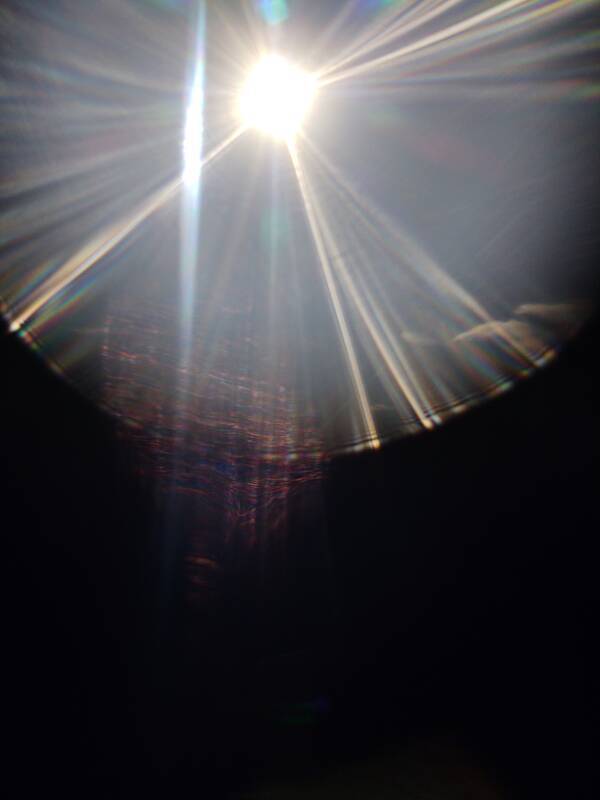
It was time to set up!
My friend Keith, who had invited me along on the trip to Chile to not see the Sun for two and a half minutes, had insisted that I take his Nikon Coolpix L330 on this trip. It has an amazing lens with 26x optical zoom in a very short body. There's an additional 4x digital magnification beyond that, but you don't want to use that.
It does automatic focus and exposure time setting. You can control the ISO sensitivity or let the camera also set that. Pre-trip tests had shown that the best results came from setting the sensitivity to ISO 1600. Despite telling the camera that it was of the highest sensitivity, it still over-exposed the images and that led to focusing errors.
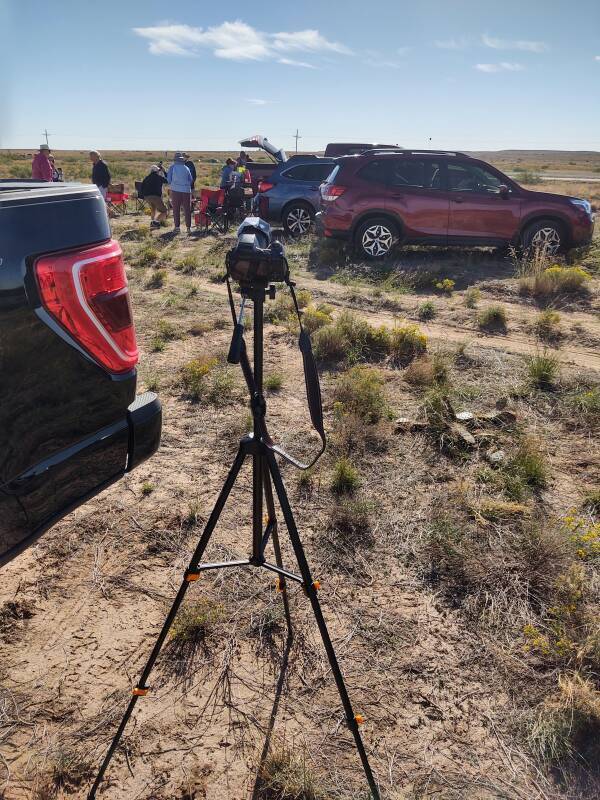
Of course you need a good filter, otherwise you will quickly melt the sensor array. This is the one Keith had used in Chile, it simply sits on the lens like putting a cup on an open bottle. It takes some careful attention but it works well.

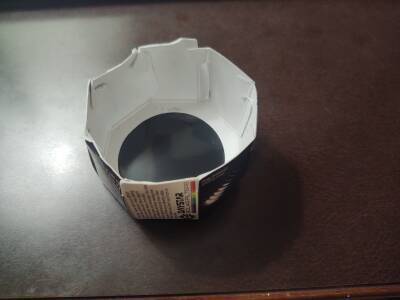
The Eclipse!
I used the excellent Totality smartphone app from the American Astronomical Society. That had allowed me to select a position right on the centerline, the blue line in the first picture below, and then get the details for that location.
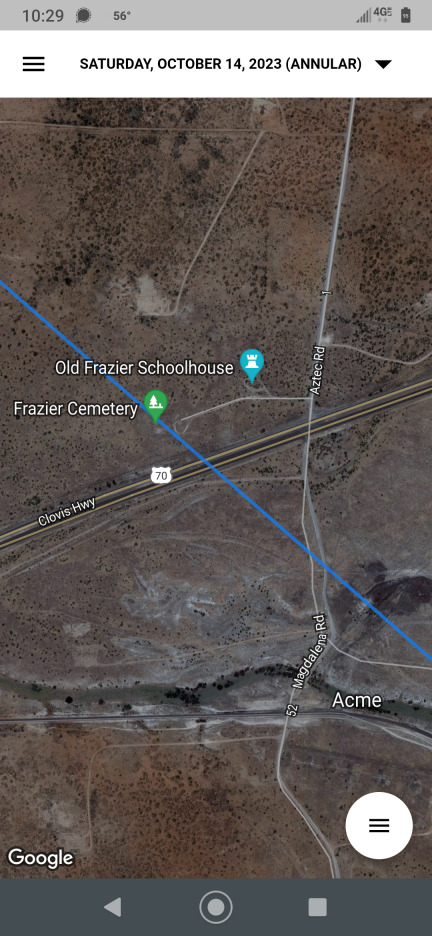
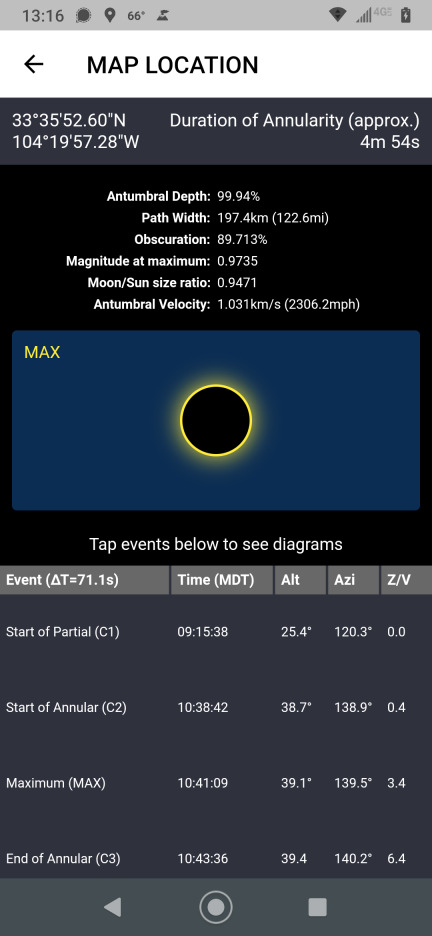
The path width would be 197.4 kilometers.
The Moon would be just four days past its perigee, its closest distance to earth, so this would be an annular eclipse. Because I was right on the centerline, I would see a complete ring of the Sun around the Moon. The Moon's disc would be 0.9735 the apparent width of the Sun, so the obscuration or percentage of the Sun's area covered would be 89.713%.
The antumbral velocity, the speed at which the Moon's antumbra or nearly complete shadow moves across the Earth's surface, would be 1.031 km/s or 3711.6 km/hr as it passed through here from northwest to southeast.
There are four potential contact events in a solar eclipse, each when the perimeters of the Sun and Moon first or last touch. First Contact is when the Moon first begins to cover the Sun. Fourth Contact is when the Moon moves off and the Sun becomes fully visible again. For a partial eclipse, these are the only two that happen.
Second Contact for an annular eclipse is when the Moon first moves within the Sun and a ring becomes visible. Third Contact is when the Moon has moved further and breaks the ring. The maximum point in an annular eclipse is when the center of the Moon's disc is closest to the center of the Sun's. Since I was within 90 meters of the centerline, this would be when the ring was symmetric, of equal width all around. For a total eclipse, Second and Third Contact are the beginning and end of totality.
For this event, from my position, those events would be:
| Event | Time | Alt. | Azim. |
| C1, start of partial | 09:15:38 | 25.4° | 120.3° |
| C2, start of annular | 10:38:42 | 38.7° | 138.9° |
| maximum | 10:41:09 | 39.1° | 139.5° |
| C3, end of annular | 10:43:36 | 39.4° | 140.2° |
| C4, end of partial | 12:15:25 | 47.6° | 169.7° |
The annular period, when the Sun was only visible as a ring, would last 4 minutes and 54 seconds.
The Nikon Coolpix L330 takes images of 5152×3864 pixels. Here is an example, downsampled from the original 5152×3864 to 800×600 pixels.
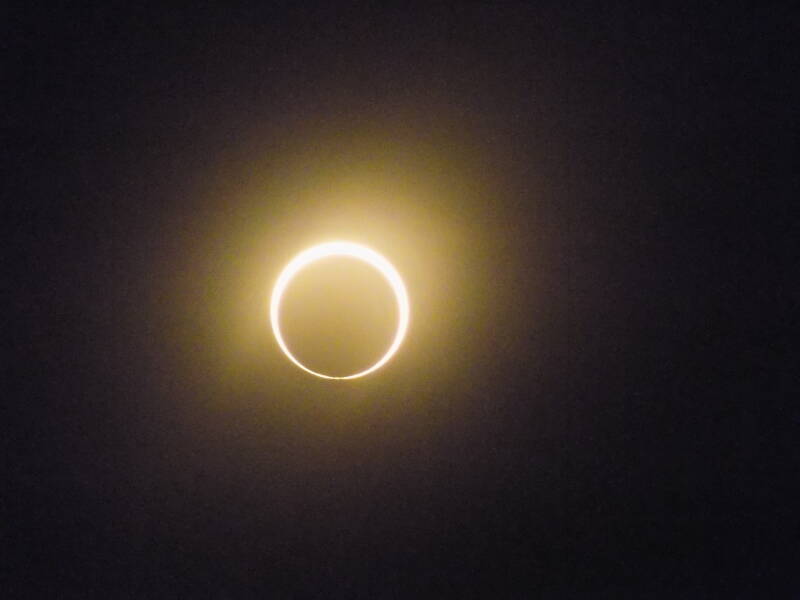
Everyone has been conditioned by TV shows and movies to expect that there is some magical way to enhance an image by somehow conjuring up detail that was lost, or that never was there in the first place.
Nope. It's not going to happen.
Here is the result of applying histogram equalization to the entire image. It's largely an exercise in emphasizing JPEG quantization and sensor noise. And most of what appears is JPEG artifacts.
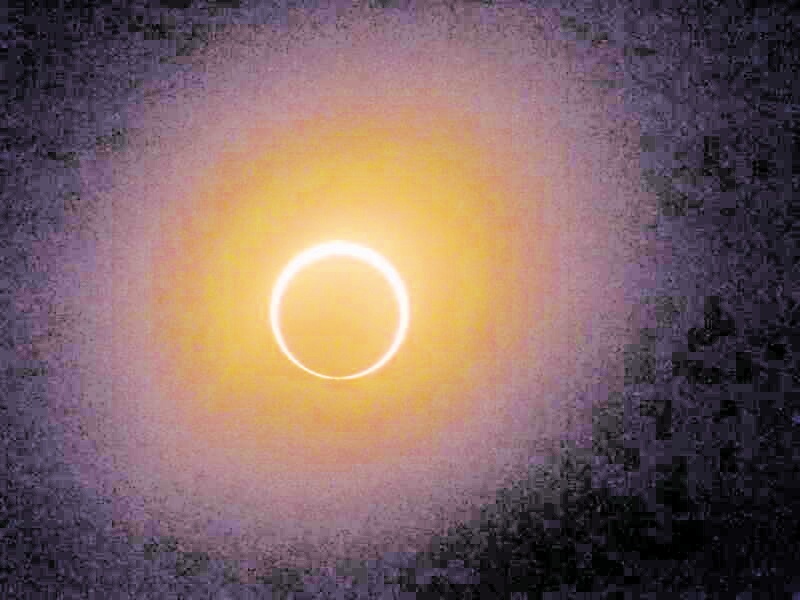
And here, applying histogram equalization at every pixel based on the surrounding 100-pixel radius.
It's similar artifact emphasis in a localized fashion.

And so, I am selecting and downsampling the images here as:
- Originally 5152×3864, then...
- Cropped to a 1200×1200 selection, then...
- Downsampled to 600×600
In the resulting images,
the solar disk averages 441 pixels wide,
varying from 439 to 463 depending on focusing accuracy
and any sensor bloom.
That's a mean of:
μ = 440.6
and a standard deviation of:
σ = 14.44
Or, dropping the largest and smallest values,
a mean of:
μ = 441.6
and a standard deviation of:
σ = 10.55
No, I won't be submitting my data set to NASA.
The Sun's disc ranges from 31.6' to 32.7' of arc, while the Moon's ranges from 29.4' to 33.5'. Earth's perihelion, its closest distance to the Sun, falls in early January, while its aphelion, its furthest distance, falls in early July. Both of those occur about 14 days after the solstices.
This eclipse occurred about half-way between the two, so let's say that the Sun appeared about 32.15' wide.
So, with the Sun's image about 441 pixels wide on average across these images, that's about 4.37" of arc per pixel.
Human visual acuity for the ideal 20/20 vision is about 1' or 60" of arc. So, with your vision well-corrected with glasses you should be able to see features about 1/30 the width of the Moon.
If you read about calendar calculation or orbital mechanics, it quickly becomes very clear that there are no integers involved. Everything moves along non-circular ellipses defined by irrational numbers. Orbits are not co-planar, and rotational axes are not parallel. Everything perturbs everything else.
Enjoy and be amazed by an eclipse. Don't expect ideal images.
I had set the camera's clock, but not precisely. The EXIF data in the image that shows Third Contact, with the ring just starting to break, contains:
$ jhead ~/nmpix/DSCN0104.JPG
File name : /home/cromwell/nmpix/DSCN0104.JPG
File size : 4864969 bytes
File date : 2023:10:14 04:42:24
Camera make : NIKON
Camera model : COOLPIX L330
Date/Time : 2023:10:14 10:42:20
Resolution : 5152 x 3864
Flash used : No
Focal length : 104.0mm (35mm equivalent: 585mm)
Exposure time: 0.200 s (1/5)
Aperture : f/5.9
ISO equiv. : 1600
Whitebalance : Auto
Metering Mode: pattern
Exposure : program (auto)
JPEG Quality : 95
So, I can use the
jhead
command to read the stored Date/Time fields
and manually add 00:01:16
to get the actual times.
09:33:11 — 00:17:33 after first contact. The Moon was moving down from the top of the Sun's disc as seen from my position.
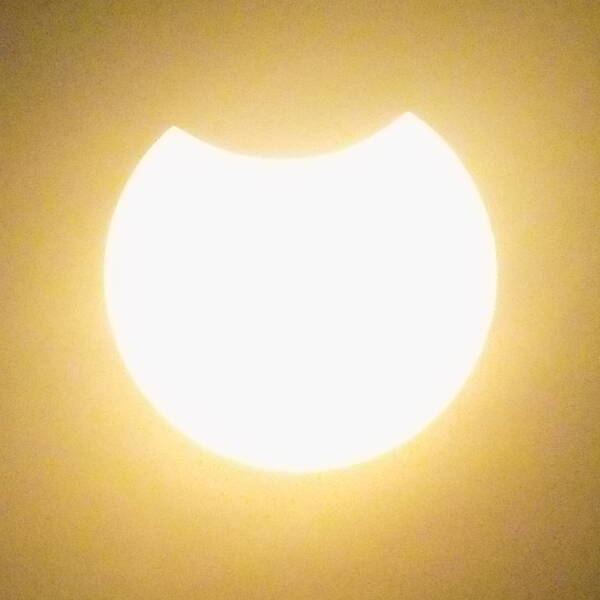
09:39:28 — A little over six minutes later, it was noticeably further along.
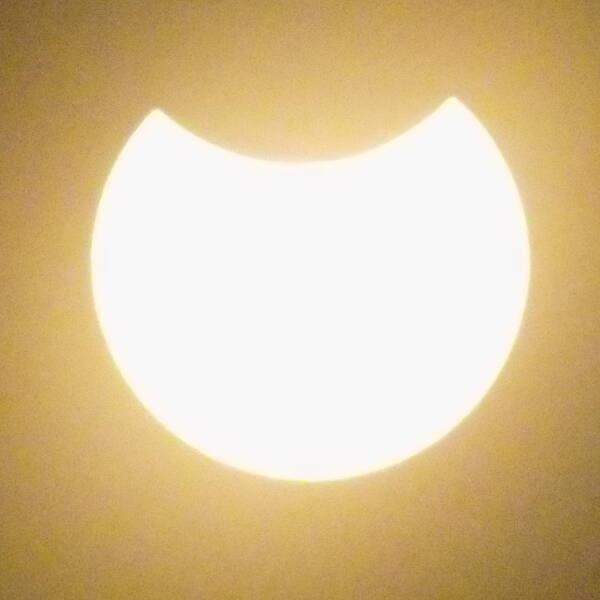
09:43:37

09:50:34

09:56:39
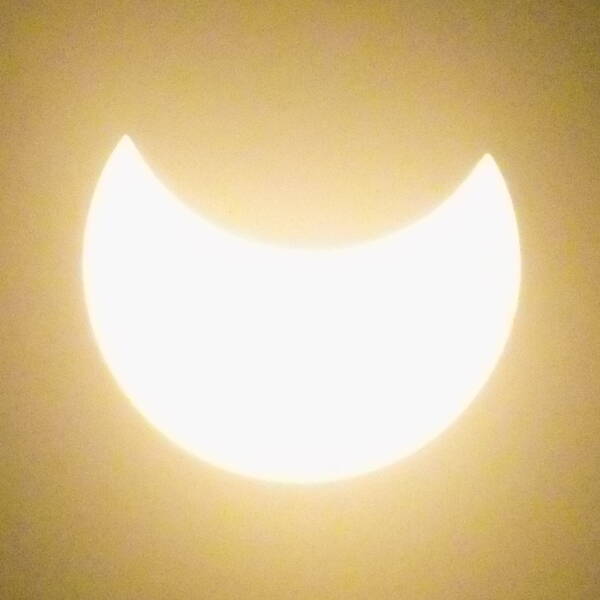
10:07:43

10:31:26 — Just 5 minutes and 16 seconds until it became annular.
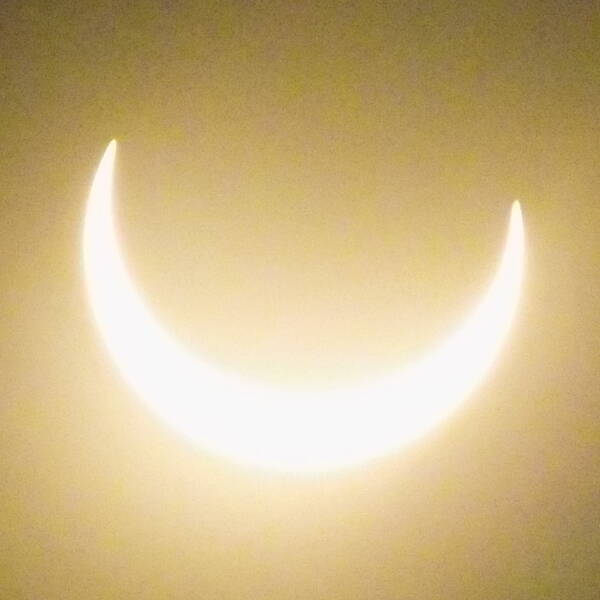
10:33:13
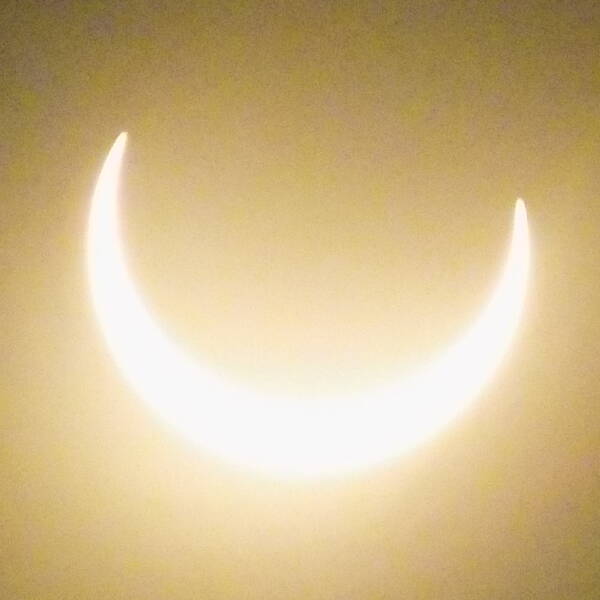
10:37:38 — Now just 00:01:04 until Second Contact.
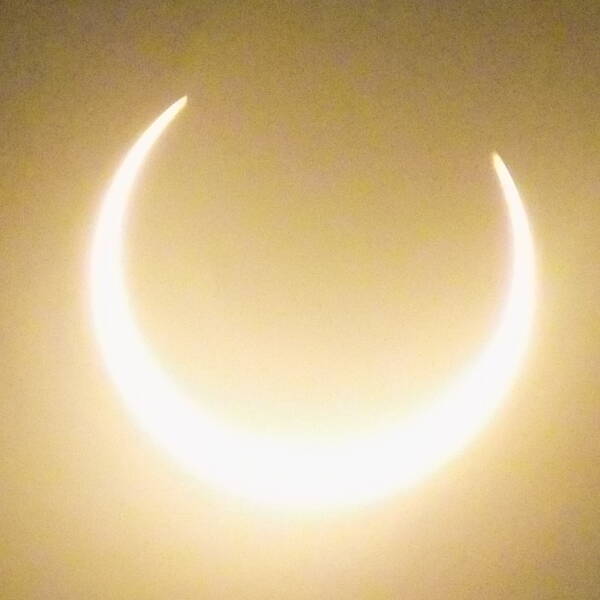
10:39:18 — This is just 36 seconds after the ring became complete at Second Contact. This is one of the more poorly focused images. The ring was extremely thin at the top. The EXIF data shows an exposure time of 0.200 seconds. Longer exposure times seem to be correlated with the camera having struggled to auto-focus.

10:39:55 — Only 00:01:14 before maximum. The Moon's disc is slightly above center.

10:42:51 — And now slightly past maximum.

10:43:36 — I think the most interesting pictures are this pair and the next, right around Third Contact. "Bailey's Beads" is the name for the appearance when the edge of the Sun's disc shines through narrow gaps between mountains along the Moon's perimeter, resulting in small points of light. My pictures show the reverse of that, narrow gaps in the ring caused by isolated high points on the Moon's perimeter.
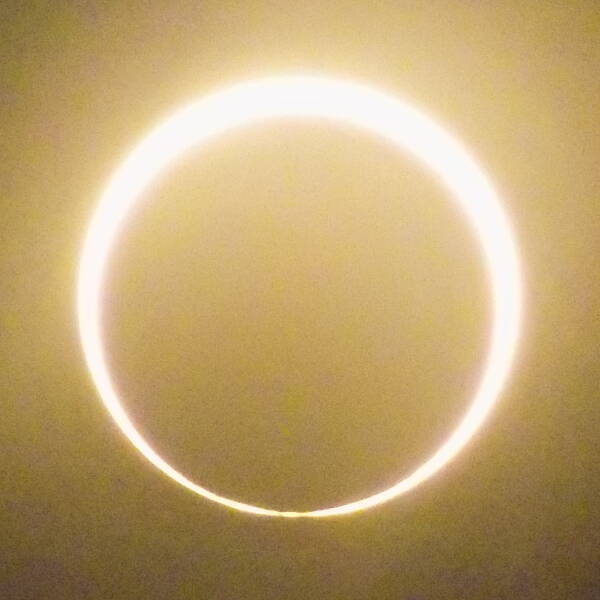
10:43:36 — This is from the same original image, a smaller area cropped out and kept at the camera's full original resolution.

10:43:41 — The next image, five seconds later, had worse focus, but it shows how quickly things change at Second and Third Contact.

10:43:41 — Again, full original resolution of the area of interest.
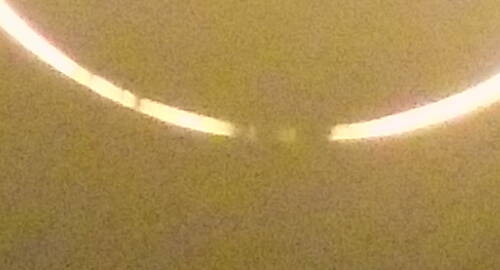
10:43:46 — The focus after five more seconds is even worse, but you get the idea of the rapid changes and the gaps along the contact area.

10:43:56 — Just twenty seconds after Third Contact it's back to distinct horns with no bright spots between.

I could pester my friends with text messages by the crude expedient of bringing the camera into the somewhat darker vehicle and photographing its display.

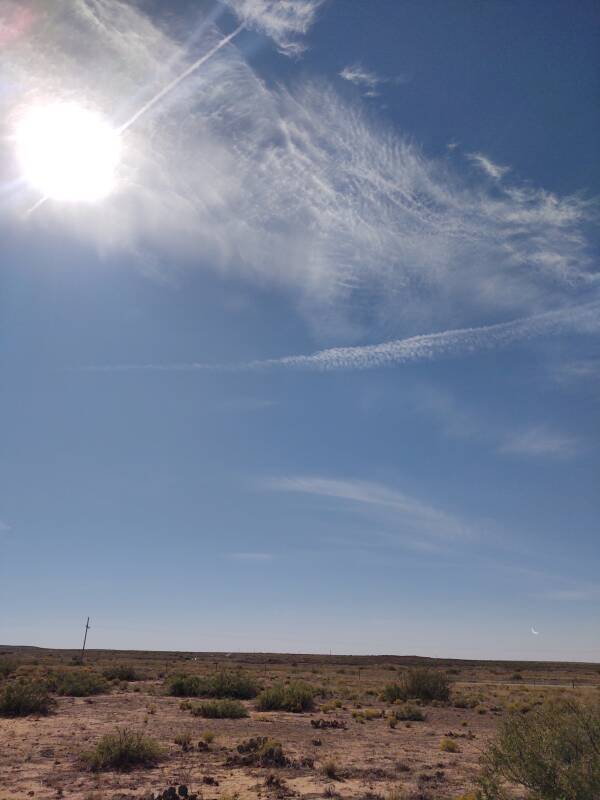
Above is how my phone's camera saw the scene about 15 minutes after annularity ended. Notice the lens flare just above the horizon near the right margin. It shows the crescent shape flipped left-right and top-bottom.
Acme Cemetery
Acme Cemetery, labeled as Frazier Cemetery on Google Maps, has had burials into the 2000s. I don't know when it was established. I think early graves were marked with wooden crosses, now long gone. The eclipse centerline crossed the southwest corner of its perimeter fence, its far left corner in this picture taken from my vantage point.
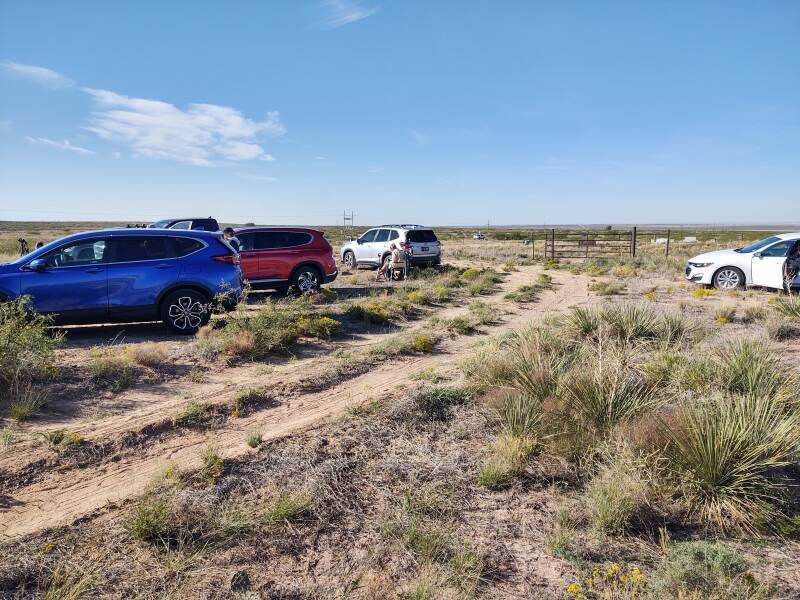
It says "ACME CEMETERY" on the gate, so I'll say that is the official name.
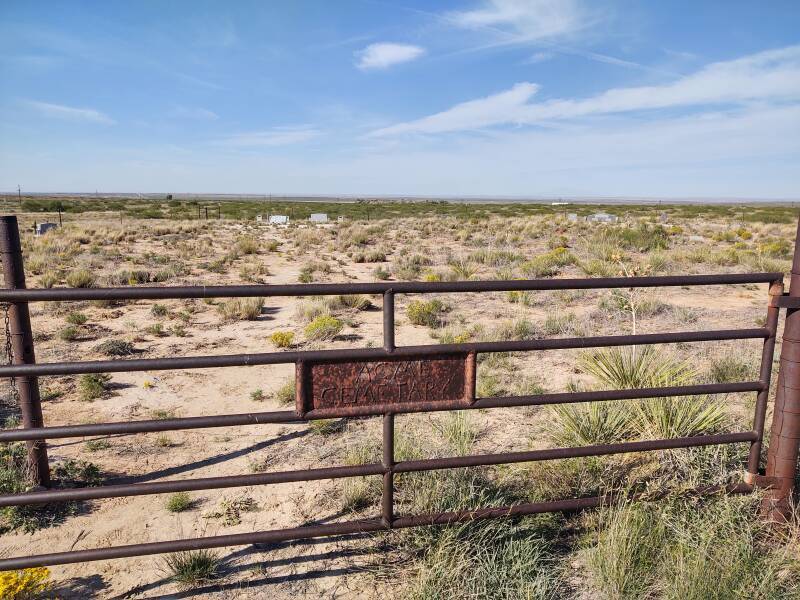
A row of four small stones near that back corner
commemorates one family's four short-lived boys
who lived:
March 1, 1942 — March 3, 1942
July 21, 1943 — July 24, 1943
May 30, 1944 — June 12, 1944
February 3, 1946 — August 6, 1946
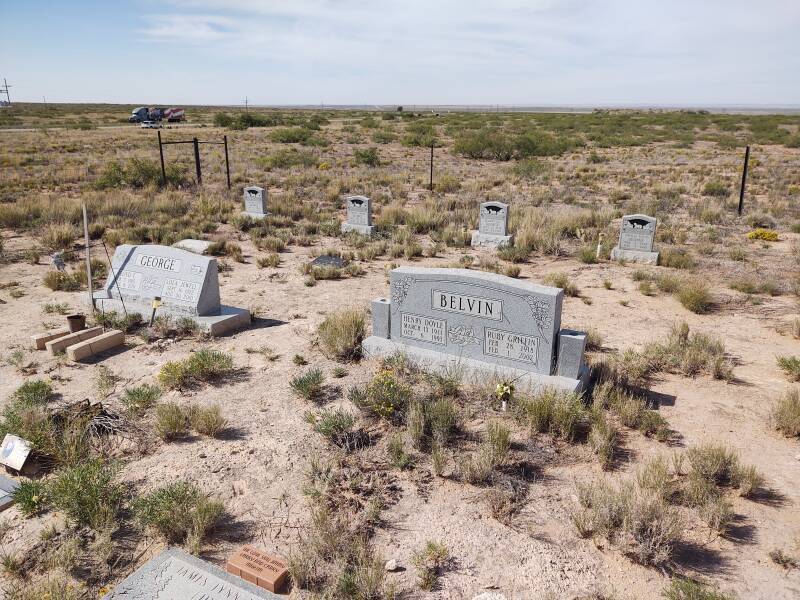
Onward to Acme
Coyote v. AcmeOf course I had to cross the highway and visit Acme, where anvils, safes, roller skates, large magnets, kegs of TNT, spring-soled shoes, rocket sleds, and other useful gadgets were developed, manufactured, and sold via mail-order catalog sales.
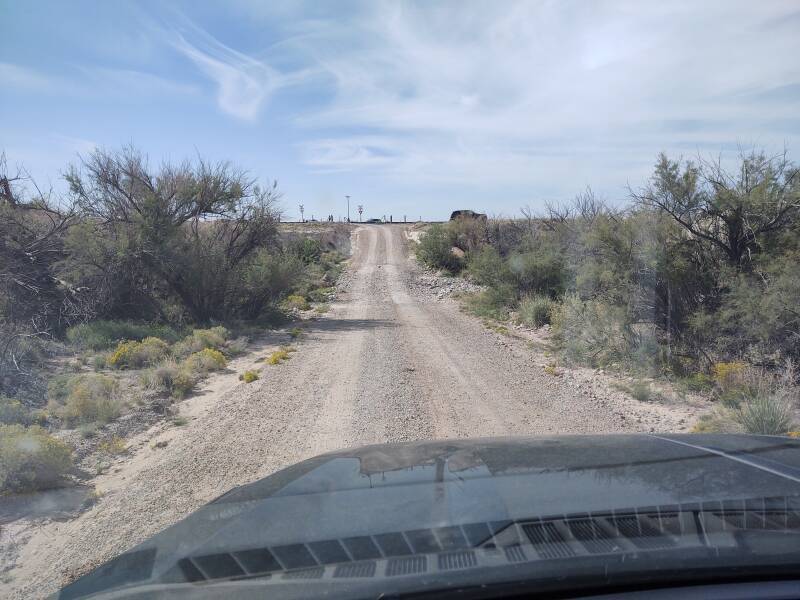

Well, it's the site of Acme. The "Satellite" view on Google Maps shows traces of building foundations. On the ground you see a little more.

The town may have been obliterated when their warehouse of fuse-ignited rockets and TNT-filled kegs blew up.
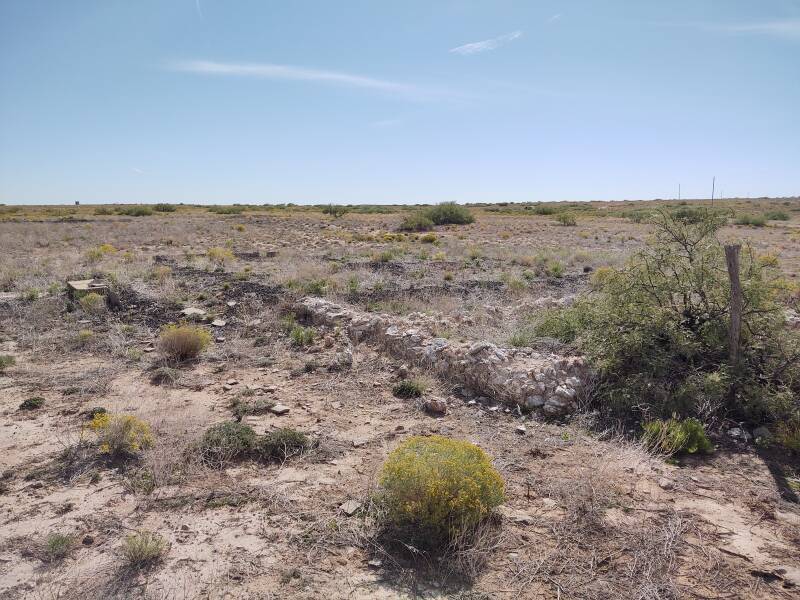
Just think of the elaborate plans made using the broad range of somewhat dangerous items manufactured here!
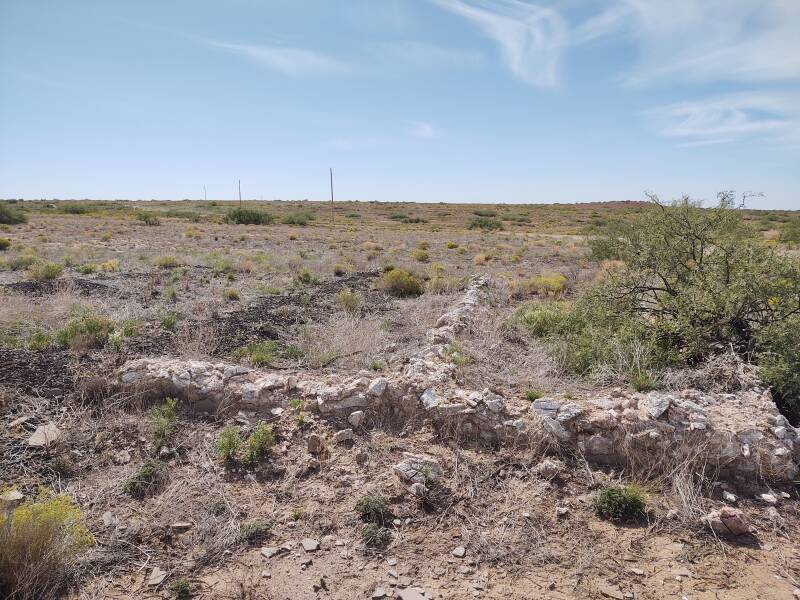
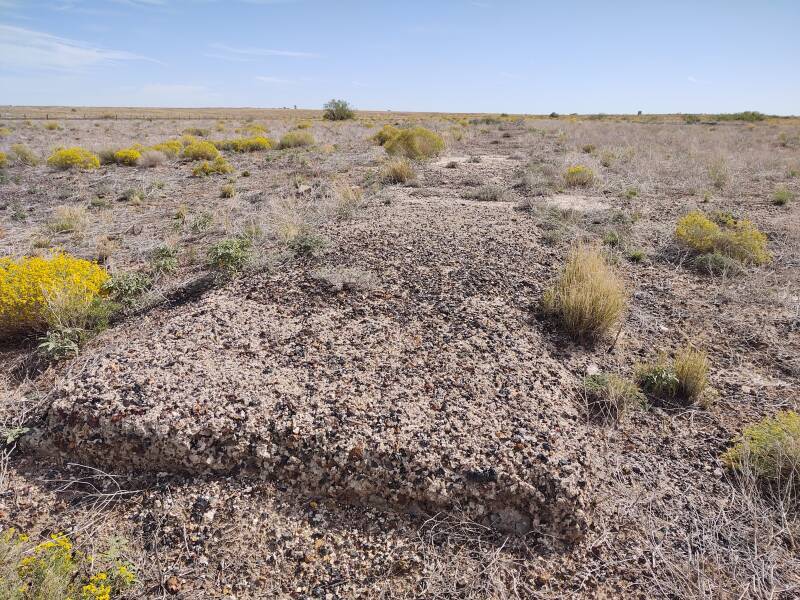
A single-track rail line passes through.
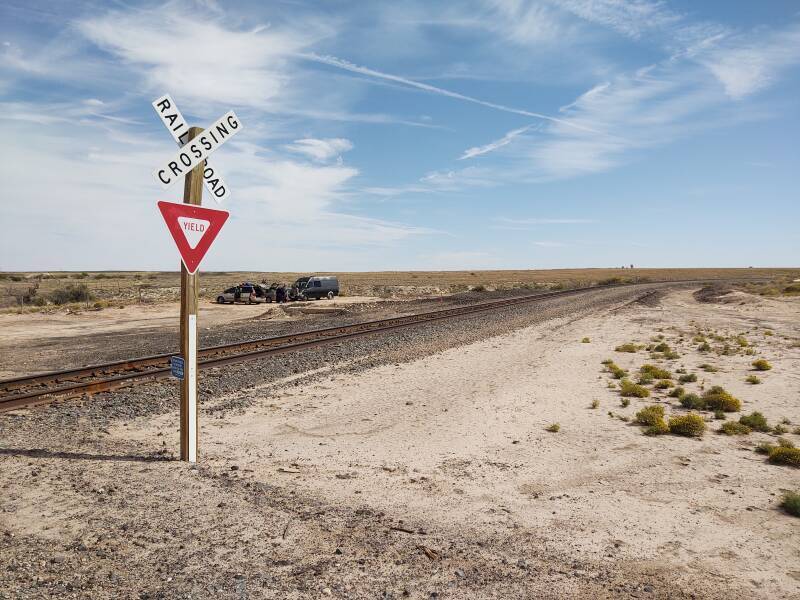
There are remains of the platform where the goods were loaded for shipment.
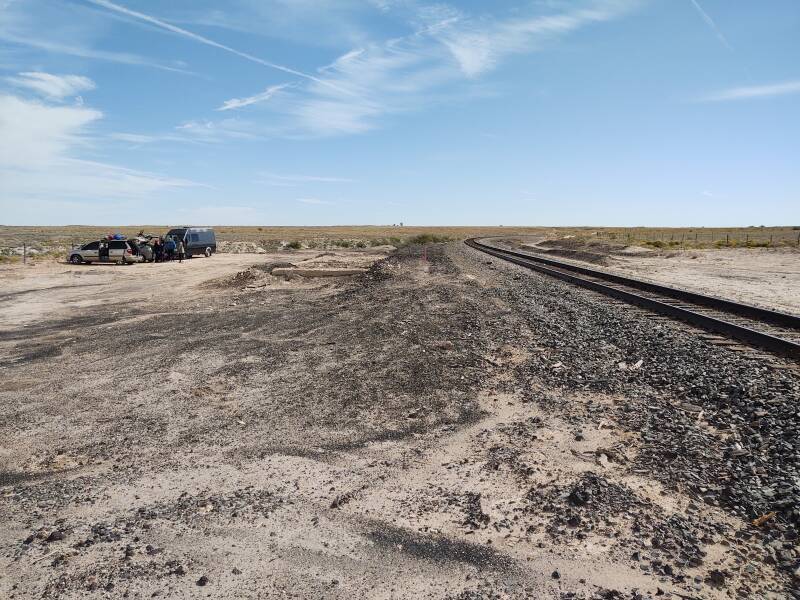
Above is the view southwest down the track to Roswell. I drove back there and explored the town.
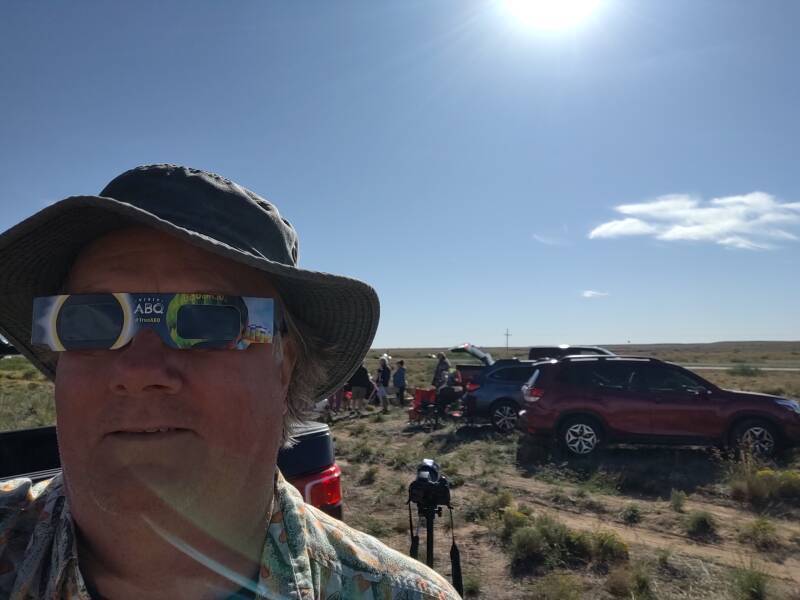

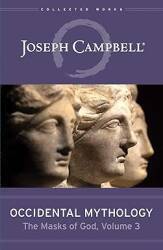
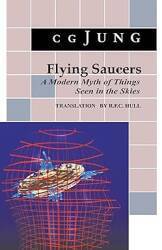


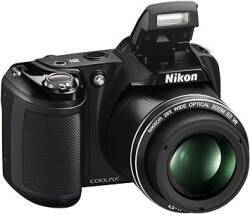
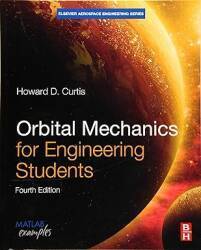

The Moon's orbit around the Earth has an eccentricity of 0.0549. Its perigee or closest distance is nominally 362,600 km and its apogee or greatest distance is nominally 405,400 km. Given perturbations, those are actually 356,400–370,400 km and 404,000–406,700 km. Then, the Earth's distance from the Sun varies, closest in early January and furthest in early July. When the angular diameter of the Sun is greater than that of the Moon, as it was during this event, you get an annular eclipse with a surrounding ring of the Sun remaining visible, and not a total eclipse.